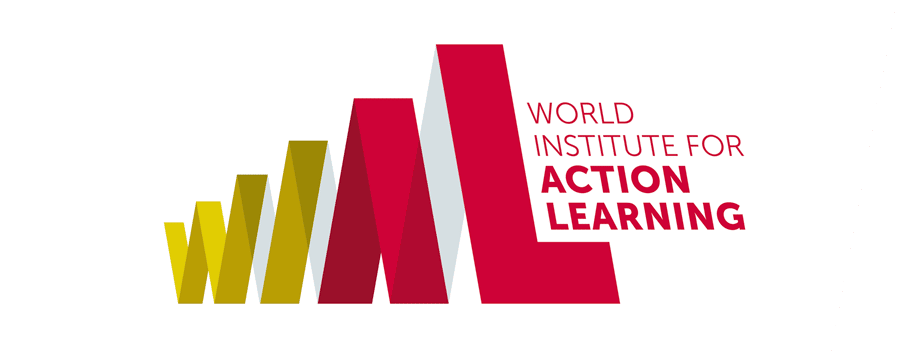
VVT interview Action Learning Stunnenberg
Learn toGet to the root of raging issues through Action Learning

The challenges in our industry are great. Every healthcare organization has issues for which there are no standard solutions. Through Action Learning, you learn to take issues back to the core and tackle them at the root.
Within the Over Morgen program, three groups of directors are following the 'Action Learning for Directors' program. They are entering into a dialogue with each other about Sustainable Employability. Anja Stunnenbergdirector at the elderly care organization Markenheem followed this course and tells us about her experiences. The advice of Stunnenberg: "Just go do it!
What is Action Learning?
Action Learning Helps teams or individuals to innovatively search for relevant solution directions. Together they discover and learn what the real problem behind the symptoms is. Creative thinking techniques and forms of work are used. The goal is a concrete result that can be used immediately in the organization.
Action Learning in a nutshell
During the program 'Action Learning for Directors' learned Anja Stunnenberg, together with several other directors, the principles of Action Learning. Stunnenberg: "We have multiple meetings had where we talked to each other about problems we were facing in the work area. Everyone brought at least oneonce a own issue in order to be "problem owners," so to speak.' Action Learning is all about the concise mapping of issuesso that they can be actively addressed. 'If a colleague starts talking about a personnel problem, then it may mean something completely different to me than it does to that colleague', states Stunnenberg. By using Action Learning, you try to explore, dissect and concise such a problem through open-ended questioning. The problem or the issue lies like a kind of rough diamant in the middle: everyone sees a plane from a different angle and thus a different color. Dhe art, I think, is to see all those colors together.' Easier said than done, admits Stunnenberg admits. 'The first few times it took a lot of effort, but op the moment you it figure it out you get into the right conversation very quickly and it's also just fun to do.'
New insights
The trajectory gave Stunnenberg the opportunity to philosophize with her colleagues about the problems facing the healthcare industry. 'What is actually the source of the culture problem in healthcare?? What are we going to do with the eternal part-timers discussion? En how do we reconcile that with sustainable employability?' Dealing with changes in healthcare came also was also discussed at length. Are we equipped well and professionally enough to deal with the changes introduced by others (e.g. VWS ) being thought up by others (e.g. VWS )?? And doare we not asking too too much from ourthem employees?' Also noticed Stunnenberg and the other directors that they found it difficult to deal with negativity toward these changes to dealing with it. 'We concluded that this very critical people really do want to think along, but that it is also it is also about control. I plan to work more bottom-up in our organization and give employees more ownership.'
Improved business processes
Stunnenberg's experience with Action Learning was so positive that she is eagerly following it up in the rest of the organization. 'It teaches employees to solve a problem not one adimensional, but from as many different perspectives as possible,' states Stunnenberg. That, she says, can be about something relatively small, such as problems with grids, but she prepares her organization and staff for conversations about bigger challenges as well. 'There is a lot coming at us with the upcoming transition and it is important to listen to the experiences of your staff listening. This seems like a great tool for us to go into those conversations. Stunnenberg finds Action Learning well worth the investment and thinkst that it can improve business processes. 'Of course it's no use if you put a problem on the table and then end up finding the wrong solution to it. Then it will cost you even more time and you will not get a solution. solution. This is dé way to have the right conversation right away.'




